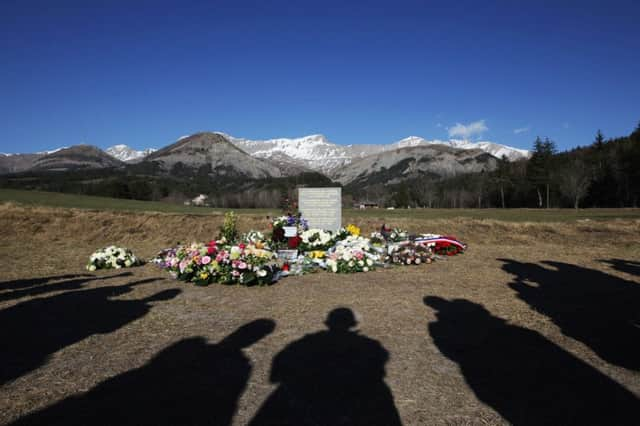Control response to air tragedy


During 2014 and 2015 the aviation industry has been faced with a number of tragedies that have created new challenges for our industry.
The most recent and dreadful crash of Germanwings 4U9525 on the 24th March 2015 appears to be caused by someone in the cockpit carrying out changes to the flight path, aimed at the destruction of the aircraft and all on board. A scenario eerily reminiscent of 9/11, yet with chilling differences.
Advertisement
Hide AdAdvertisement
Hide AdThe question now is what can the aviation industry do to address this new threat?
Is the answer to no longer have pilots on the aircraft?
We all know that so called “drones”, or Remotely Piloted Aerial Systems (RPAS), are in military use today but a number of large consumer facing companies are investing heavily in these remote technologies, looking at small to medium-sized civilian aircraft with pilots flying the aircraft remotely.
Will the aftermath of the Germanwings change your answer to this question? “Would you fly on an aircraft without a pilot flying with you?”
In NATS, the UK’s leading air traffic control company, we are planning for the future with new technologies and capabilities being introduced all the time. We have always relied on remote services and technologies in air traffic control, including Radar data, radio transmitters and receivers, but today’s technologies are broadening that scope. They now include the possibility of remote video feeds from airports, satellite communications, satellite surveillance and enhanced tools for our controllers. Controllers could be sitting next to the pilots of remotely piloted airliners, removing the dreadful opportunity of a repeat of the Germanwings crash. But this is only one possibility and is it a solution too far?
Certainly, the introduction of the next generation of satellite surveillance by Aireon, a company NATS is collaborating with for North Atlantic surveillance use, will bring the ability to monitor aircraft anywhere in the world, without the current limitations in coverage that we face with radar and other existing technologies.
The planned introduction of all these new technologies is leading to a bright future for NATS and at NATS’ Control Centre at Prestwick; and we are working with a broad spectrum of partners to create new opportunities with our new capabilities – both with our current customer base and with new customers in areas we traditionally would not have served. It could be that our Prestwick Centre has controllers sitting next to the pilots of the aircraft they are both controlling. It could be that we no longer need air traffic controllers at every airfield and that they all work with ‘remote towers’ from an air traffic control centre. It could be that we use the highly capable site of our air traffic control centre to provide a location for other industries that require a secure site with great connectivity, and a resilient power supply. The possibilities are endless, but no matter what path the future takes us, the truth is that we will continue to require the professionalism, skill and dedication of our people, striving for safety performance unmatched in other transport industries.
The tragedies of the past year or two have shown we must also face the human challenges raised by these events. The industry is already reviewing how we look after our people to avoid a repeat of the Germanwings event. Improvements in already robust fatigue and stress management regimes are being considered, along with changes to how we assist, but not stigmatise, those with illness.
And no matter what technological change arrives, it will be with people at the heart of it all so that we continue to deliver improvements to safety, including the pilot community, no matter where they sit.
• Colin Houston, Head of Prospective Centre Services, NATS Prestwick www.nats.aero
SEE ALSO